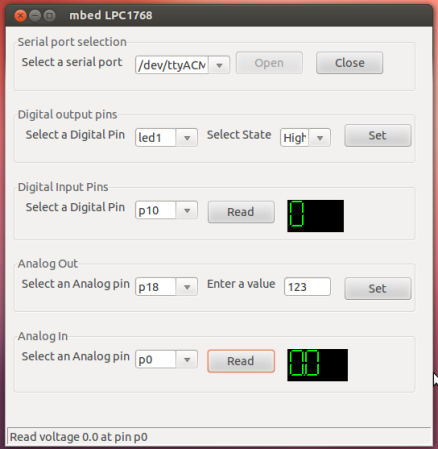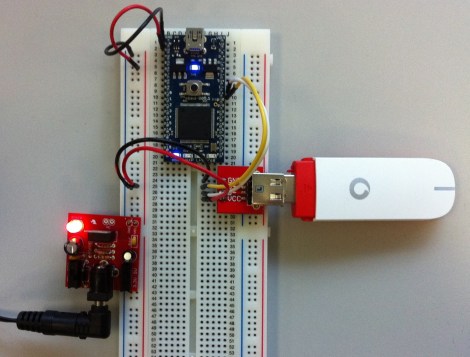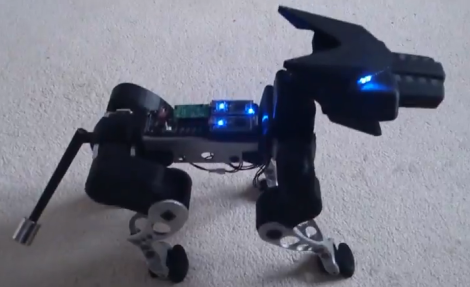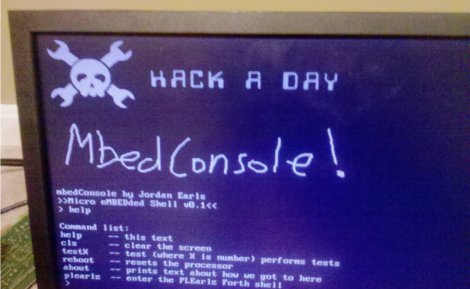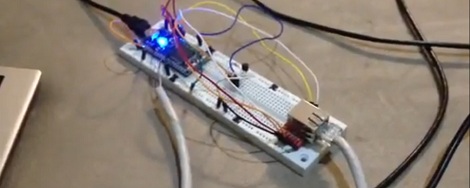[Karl] loved his mbed – a tiny little ARM-powered microcontroller platform – but he wanted an interactive programming environment. BASIC just wasn’t cutting it, so he decided to bring eLua to his mbed.
When choosing an interactive development environment for microcontrollers, you generally have two choices: old or huge. Sure, there is a middle ground with Python on an ARM, but why not use something explicitly designed for microcontrollers?
To get eLua running on his mbed, [Karl] downloaded the latest version and plopped it on his mbed. The current version, 0.9, doesn’t have support for an SD card, severely limiting its usefulness. [Karl] got around this by wiring up an SD card to the mbed, giving him gigabytes of space for all his development work.
While the AVRs and PICs of the world are stuck with languages like C or worse, the new ARM boards available are more than capable of running a complete eLua development environment, with everything accessible through a terminal. [Karl] even wrote his own editor for the mbed and he’ll shortly be working on a few dozen embedded projects he has in mind.



